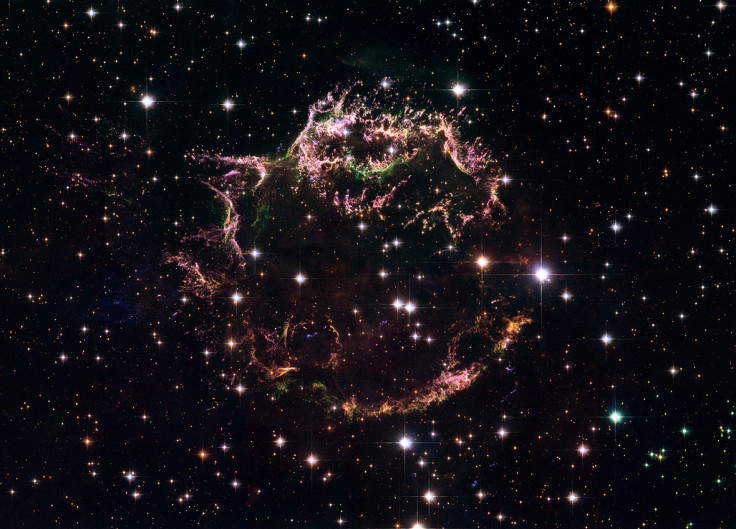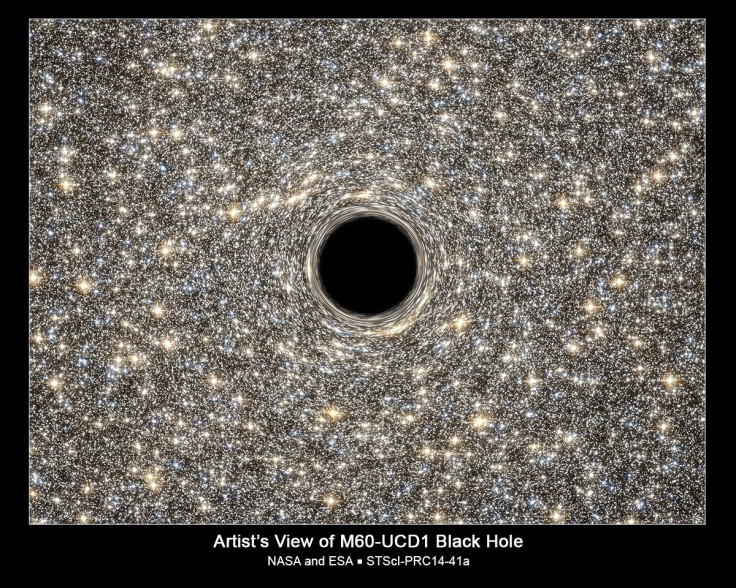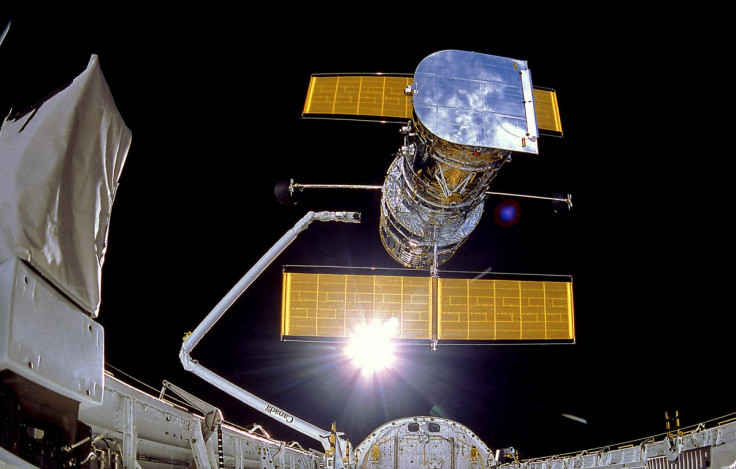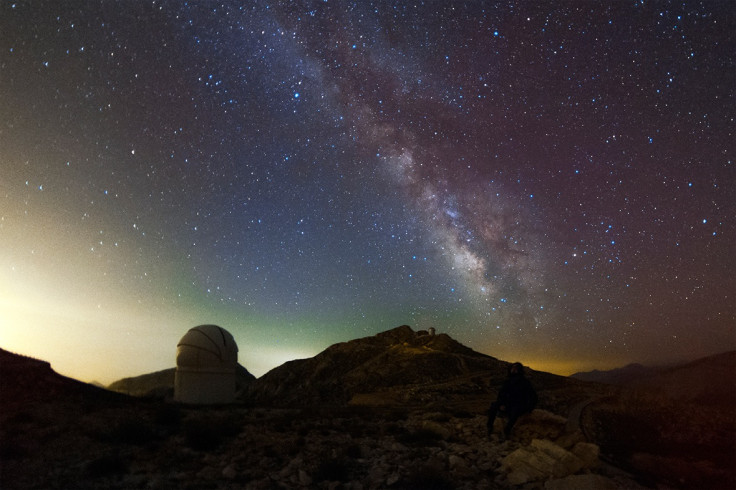Hubble 25th anniversary: Nasa's greatest discoveries about the universe, planets and black holes

For 25 years, Nasa's Hubble Space Telescope has delved deeper into the origins of the universe than was ever thought possible, revolutionising our understanding of space and uncovering its secrets.
Since its launch on 24 April 1990, the telescope has astonished us with incredible pictures. Its scientific instruments have discovered fascinating information about organic molecules outside our solar system, black holes and the atmosphere of planets around distant stars.
To celebrate Hubble's quarter century of research, we looked at some of its achievements.
3D map of dark matter

In 2007, the largest ever survey undertaken using Hubble allowed scientists to assemble a three-dimensional map showing the distribution of dark matter across the universe. Dark matter is a kind of hypothetical substance that cannot be seen with telescopes as it does not emit or reflect light, but its existence is inferred from its gravitational effects on visible matter, radiation and the large-scale structure of the universe.
The equivalent effect of mapping dark matter is mapping a city at night but only showing the street lights. We can see planets, galaxies and stars – constructed from ordinary matter – but this only accounts for one sixth of the total mass in the universe. What is left is the invisible dark matter.
Pluto's moons Nix and Hydra

The dwarf planet has five known moons, two of which – Nix and Hydra – were discovered in 2005 by Hubble. The tiny satellites are believed to have been formed from the same giant impact that carved out Charon, Pluto's third and enormous moon discovered in 1978. Hubble was providing support for the New Horizons mission when it found the two moons.
In Greek mythology, Nyx was the goddess of the night and the mother of Charon, the ferryman of Hades who sailed souls across the River Styx into the underworld ruled by Pluto. Hydra was named after the serpent that guarded Pluto's realm.
Age of the universe

Hubble has helped astronomers work out how much time has passed since the Big Bang. By measuring a type of very large, bright yellow pulsing stars called a Cepheid variable, scientists were able to work out the universe in precisely 13.7 billion years old.
Another method used by Hubble involves measuring the speeds and distances of galaxies – which has allowed us to narrow down the age from between 10 and 20 billion years.
Supermassive black holes

Data from Hubble and ground observations enabled scientists to work out that every major galaxy is most likely anchored by a black hole. In 2014, scientists found a giant black hole lurked in one of the smallest galaxies ever known – the M60-UCD1 dwarf galaxy – implying that other compact galaxies might actually contain supermassive black holes.
The diameter of the tiny galaxy is only 1/500<sup>th the size of our own, yet has around 140 million stars. Hubble's high resolution has also made it possible to see the effects of the gravitational attraction of some of these objects on their surroundings.
Organic matter

In 2008, Hubble discovered the first organic matter on a planet outside our solar system. This was a major breakthrough in identifying signs of life on planets outside our solar system. The molecule methane was discovered in the atmosphere of the extrasolar planet HD 189733b, which is of a similar size to the gas giant Jupiter. Methane can play a major role in the chemical reactions fundamental to forming life as we know it.
The discovery also proved that a method revealing the "fingerprints" of chemicals on planets around other stars – spectroscopy – does work. "This is a crucial stepping stone to eventually characterising prebiotic molecules on planets where life could exist," said Mark Swain, of Nasa's Jet Propulsion Laboratory at the time.
How planets are born

New stars are formed when clouds of gas and dust clump together into a dense object, surrounded by a spinning disk of leftover matter. Eventually, the young star erupts with a jet of intense radiation, which scientists believe is the result of magnetic fields originating from the forming star.
Prior to Hubble, astronomers could see the jets, but not the star-forming disks. The images taken by the telescope have enabled us to see both. In 1995, Hubble took the first detailed images of jets and disks in the Orion Nebula.
Since then, Hubble has taken many other images of both – proving that jets come from the centre of the disk the star is drawing on for its raw material. This research suggests jets play a big part in star formation, potentially even slowing down the spinning disk so the star can collect more matter.
© Copyright IBTimes 2024. All rights reserved.






